Garmin Venu X1 review: Garmin’s sleekest smartwatch yet, but is it worth the price?
Surprising design shift, big AMOLED screen, and serious fitness tracking prowess

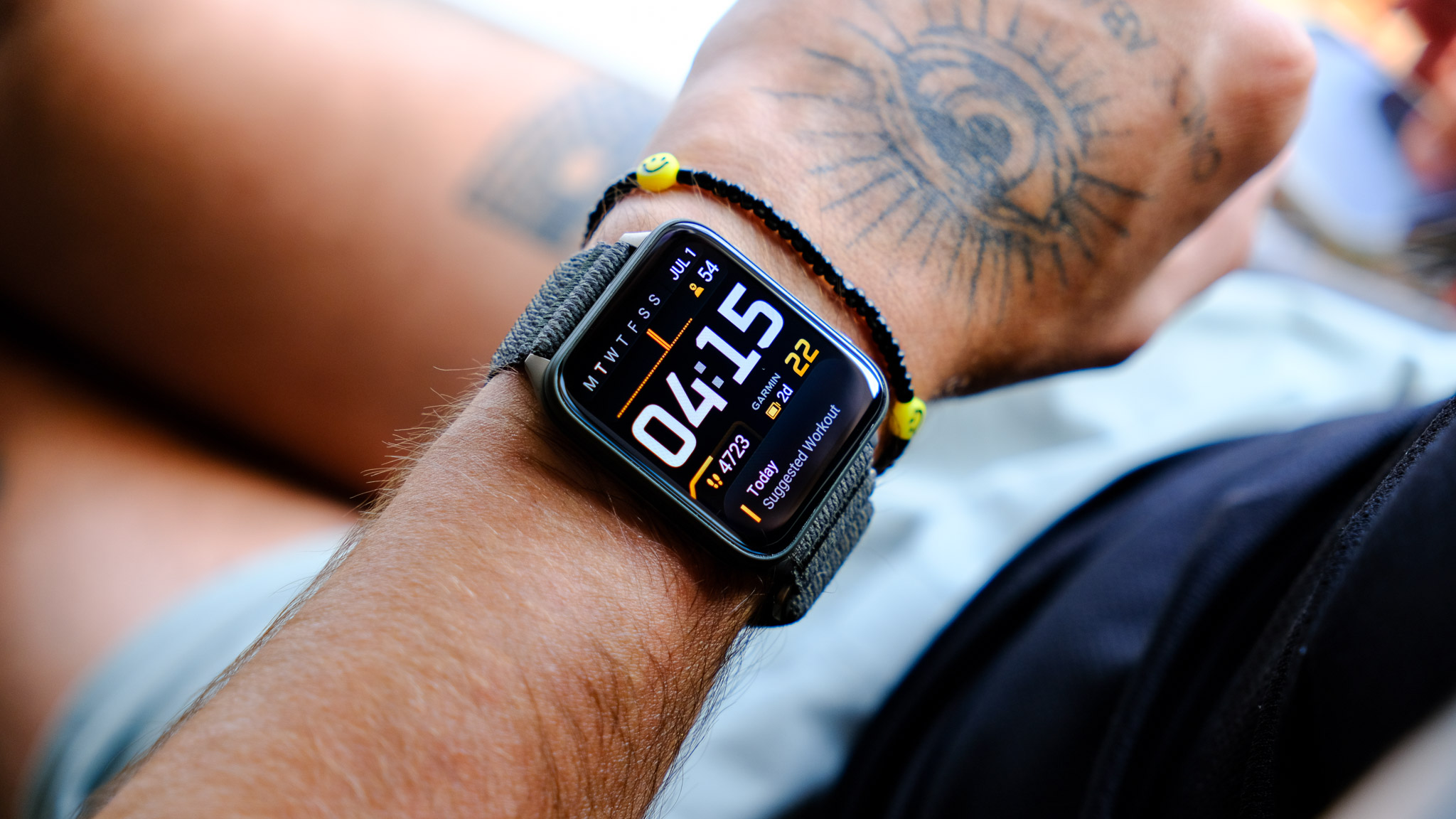
The Garmin Venu X1 blends style and substance, offering premium materials, top-tier fitness tracking, and multi-day battery life in an ultra-sleek form. It’s pricier than most rivals, but for active users who want smartwatch looks without sacrificing performance, it’s a compelling, cross-platform alternative to the Apple Watch.
-
+
Stunning AMOLED display
-
+
Excellent battery life
-
+
Accurate fitness tracking
-
+
Premium build quality
-
+
Android and iOS support
-
-
Premium price
-
-
Slight UI lag
-
-
Fitness-first focus may limit appeal
Why you can trust T3

Garmin released its most Apple-like wearable in the middle of an announcement spree, and not long after I visited the company’s headquarters in Kansas. Even though I’d like to think I have a good relationship with the brand, I wasn’t told about the launch in advance, and was as shocked as everyone else when I first saw the images.
To say I was surprised is an understatement. I just about finished testing the Garmin Forerunner 570 and Forerunner 970 (although I’m still working on unlocking my Running Economy estimate on the latter) when the Venu X1 entered the scene, so instead of returning to my trusty Forerunner 965, I strapped the Venu X1 with its massive 2-inch AMOLED onto my wrist and started testing it.
A few weeks later, I’m still undecided about how I feel regarding the new smartwatch. The Venu X1 is a clear attempt from Garmin to entice the Apple Watch crowd to try their smartwatches and make the brand’s ecosystem more approachable to casual users. On the other hand, the Venu X1 feels almost redundant, more of a Garmin watch in disguise.
Has Garmin been victorious, or are you better off sticking to your Apple Watch? Let’s find out.
Garmin Venu X1 review
Price and availability
The Venu X1 was announced in June 2025 and is available in black or moss green now at Garmin UK, Garmin US or Garmin AU for a recommended retail price of £679.99/ $799.99/ AU$1,499.
Compared to its closest predecessor, the Garmin Venu 3, there is a significant price difference (recommended retail price of the Venu 3 starts from $449/ £449/ AU$749). It’s worth noting that, despite the similarity in names, the two watches are very different, apart from the fact that they are both part of the company’s lifestyle/wellness range.
Specifications

- Battery life: up to 8 days in smartwatch mode and up to 16 hours in GPS-only GNSS mode
- Size: 41 x 46 x 7.9 mm
- Weight: 34 g (40 g w/ ComfortFit band)
- Screen size/resolution: 51.2 mm (2″) AMOLED, 448 x 486 pixels
- Water rating: Swim, 5 ATM
- Works with: Android and iOS
- Operating system: Garmin OS
Design and build quality
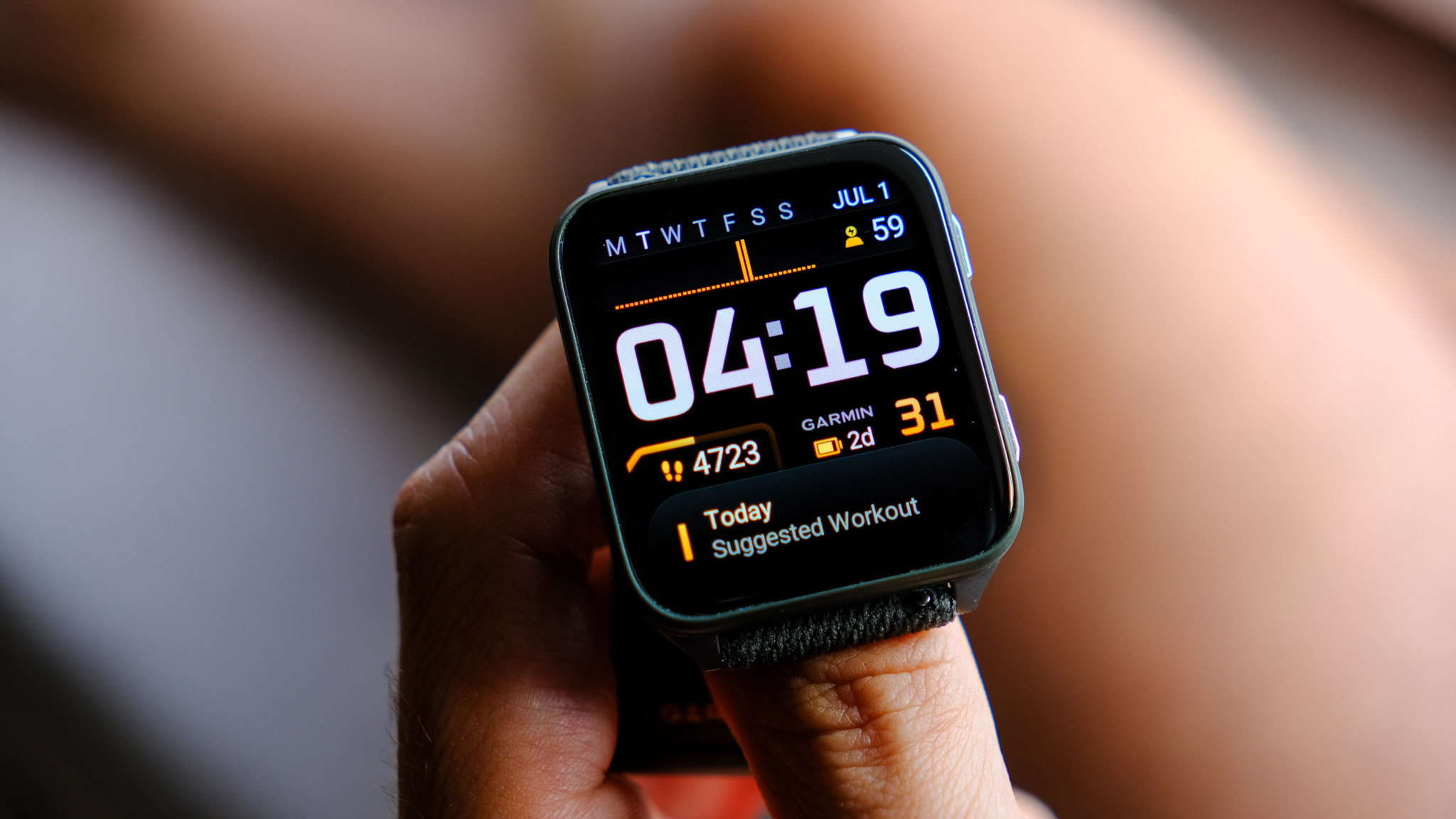
The Garmin Venu X1 takes a bold step toward premium smartwatch styling. It’s not the first square wearable from Garmin; it’s not even the first square Venu. The Garmin Venu Sq already had a rectangular body, although that watch was a far cry from the sleekness of the Apple Watch, which the Venu X1 is trying to replicate.
Get all the latest news, reviews, deals and buying guides on gorgeous tech, home and active products from the T3 experts
The standout feature is the stunning 2-inch AMOLED touchscreen, which at 448 × 486 pixels is Garmin’s largest yet. It’s said to be brighter than many rivals and easy to read in full sunlight, even when dialled back to mid-brightness.
Unlike Garmin’s usual chunky designs, the Venu X1 is ultra-thin at 7.9 mm. The watch case isn’t perfectly square, with the longer side measuring 46 mm, the same as the Apple Watch Series 10, and the shorter side only 41 mm.
It weighs 40 grams with the strap (34 grams without the strap), only a gram heavier than the aforementioned Series 10.
Garmin has leaned into premium materials with the Venu X1, such as the scratch-resistant sapphire lens and the titanium caseback, which lend both durability and a high-end aesthetic. The main body, crafted from fibre-reinforced polymer, keeps the overall weight down without compromising strength.
Water resistance is rated at 5 ATM, making the Venu X1 perfectly suited for swimming, showers, and everyday wear. The watch can track swims and heart rate underwater.

The Venu X1 features two buttons, similar to those on the Apple Watch, located on the right side of the case. Unlike Apple’s wearable, though, the Garmin doesn’t have a digital crown, ‘only’ two push buttons. No bother, as the touchscreen seems to be working more than well enough.
Garmin has also included a built‑in speaker and microphone for taking calls directly from the wrist, as well as a surprisingly useful LED flashlight borrowed from its more rugged Fenix and Forerunner siblings.
Features and accuracy
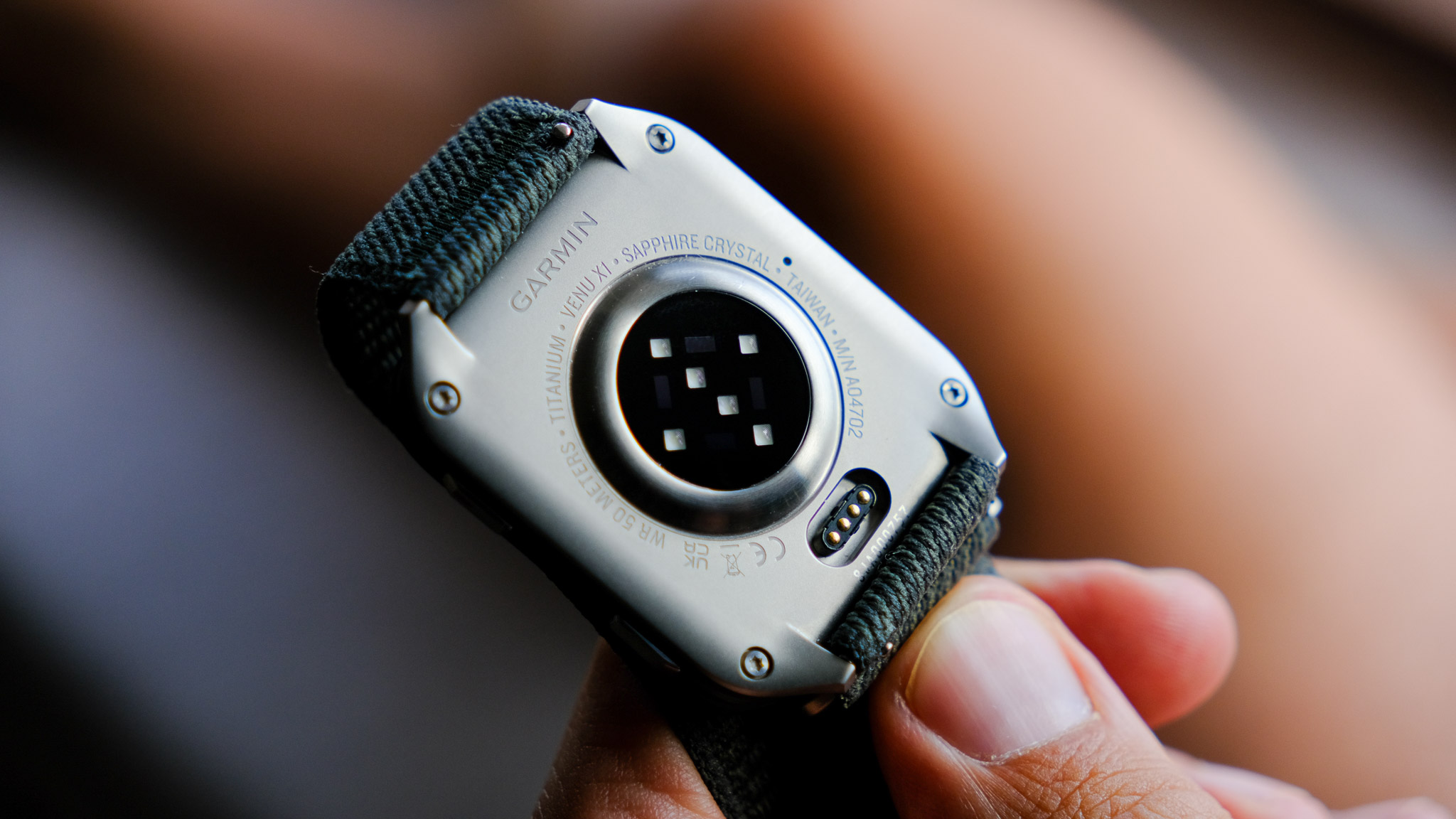
The Garmin Venu X1 packs a punch when it comes to features, proving that a lifestyle-friendly smartwatch doesn’t have to skimp on fitness credibility. It’s built on Garmin’s next-generation Elevate v5 sensor platform, the same one powering the Garmin Fenix 8 and the new Forerunners, offering advanced health metrics such as wrist-based heart rate, SpO2, respiration, HRV, and stress.
Crucially, it also includes ECG functionality and a skin temperature sensor, two features previously reserved for Garmin’s top-tier models. These features are also made possible thanks to the latest Elevate v5 sensor. Interestingly, the Forerunner 570 has the same sensing platform, but ECG is disabled on the watch.
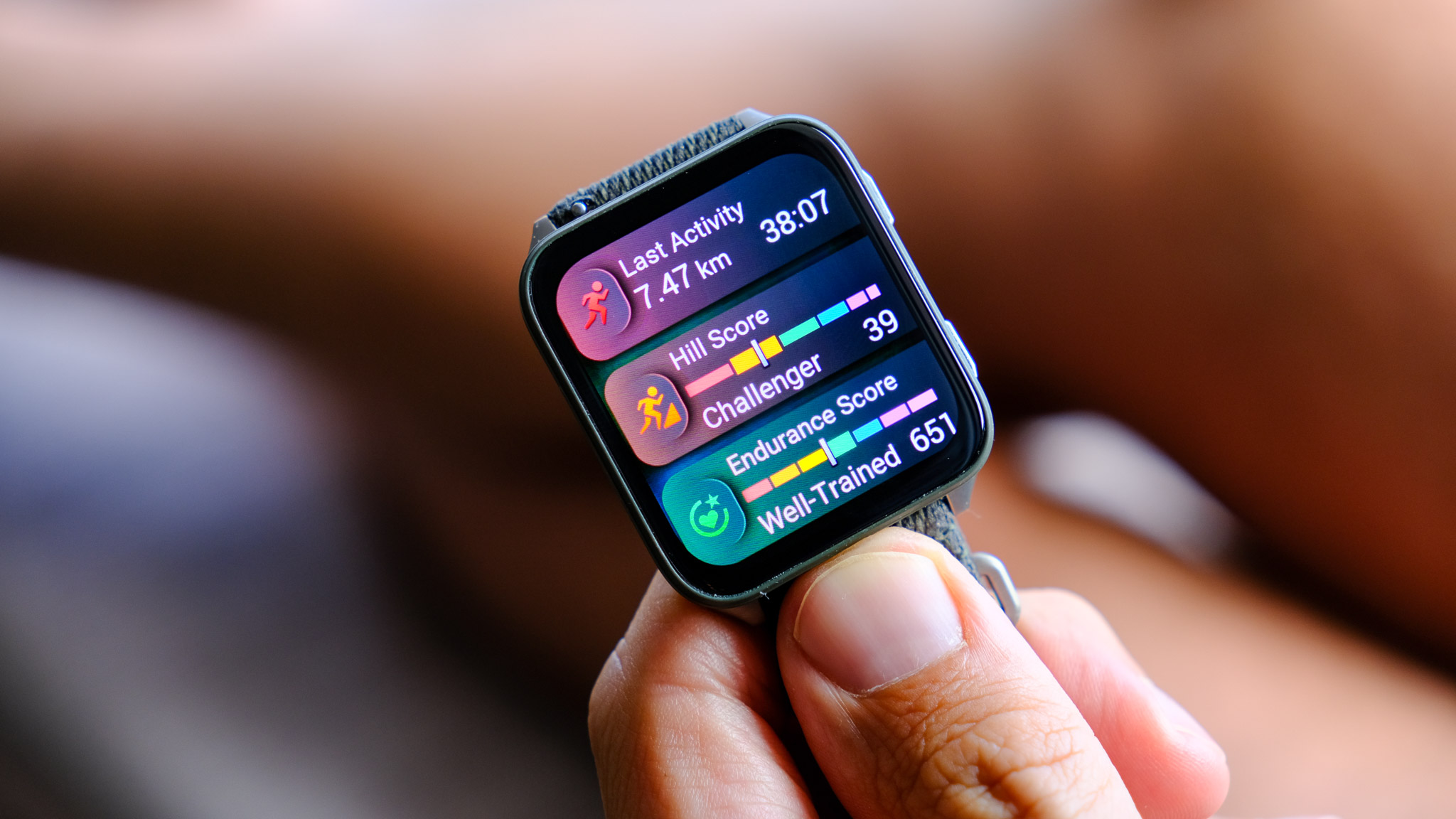
Heart rate tracking holds up well during intervals and steady-state sessions, which isn’t surprising, considering the Venu 2 uses the latest optical heart rate sensor technology from Garmin. GPS precision is excellent thanks to multi-band GNSS support, making the Venu X1 a solid option for outdoor runners, walkers, and cyclists.
The double menu system initially confused me, mainly because I expected a Garmin-esque layout. Instead, the Venu X1 employs Apple’s approach, where scrolling from the watch face and pressing the top-right button provides different options. I noticed a slight lag when switching between the various menus, despite the otherwise capable processor.
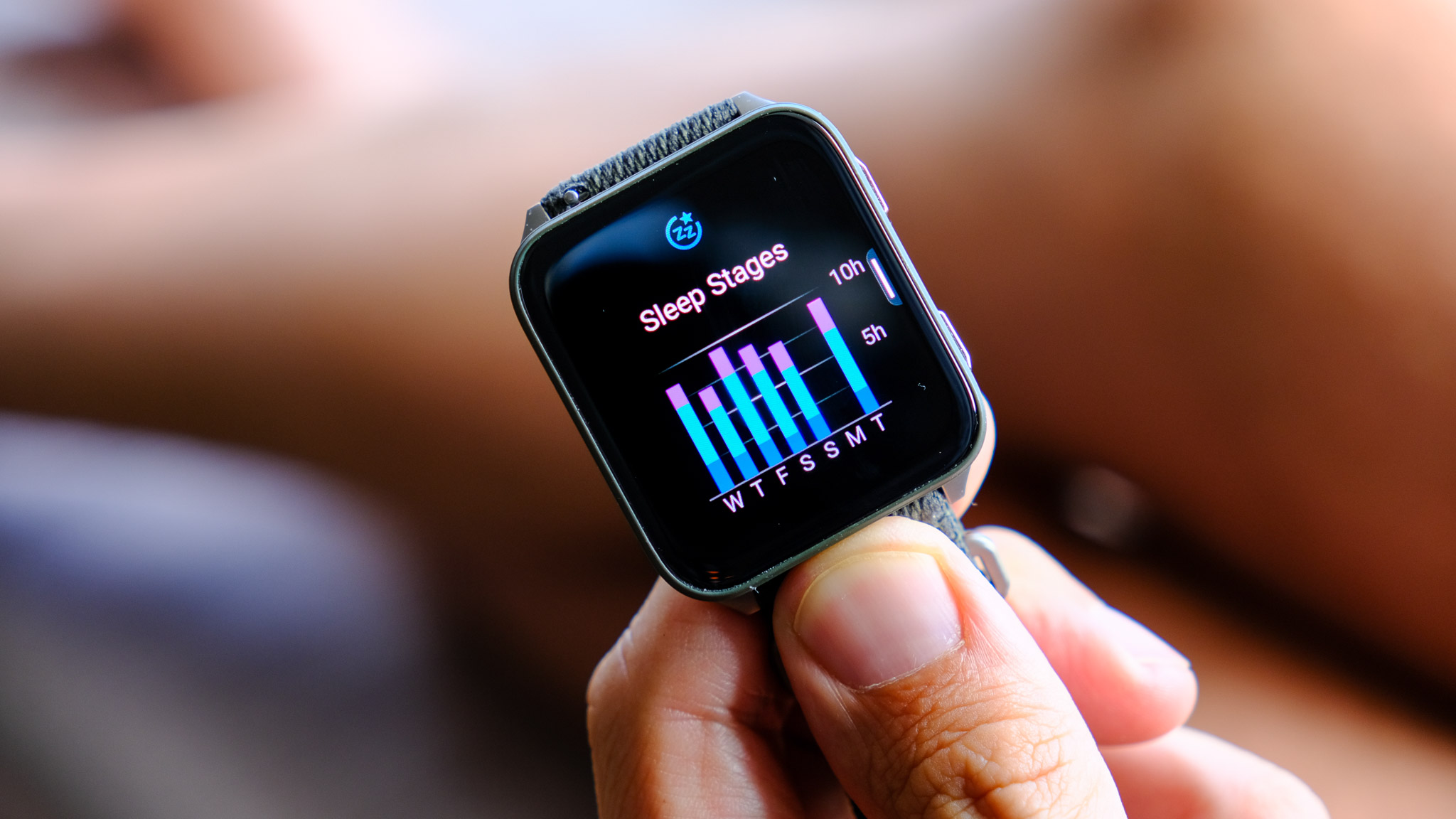
The watch tracks sleep in detail, including REM and deep sleep phases, and can deliver a Sleep Coach summary each morning alongside a Readiness Score, Garmin’s new take on daily recovery. You also get both the Morning and Evening Report on the Venu X1, further cementing the wearable’s lifestyle appeal.
Speaking of workouts, the Venu X1 supports over 100+ sports modes and animated strength, cardio, yoga and Pilates sessions right on the AMOLED screen, with built-in muscle maps showing what’s being trained. It also connects to gym equipment via ANT+ and supports a wide range of third-party apps through Garmin Connect IQ.
Battery life and charging
Battery life on the Garmin Venu X1 is where it really surprises, especially for a smartwatch with such a large, vibrant AMOLED display. Well, it’s not surprising that the battery life is so long, considering that most Garmins these days last for weeks. However, compared to the Apple Watch, the Venu X1 is a proper battery bruiser, that’s for sure.
Despite its ultra-thin profile and huge AMOLED screen, the Venu X1 delivers up to 8 days of battery life in smartwatch mode (i.e. GPS off), making it one of the most efficient wearables in its class. That figure drops to around two to three days with the always-on display enabled, which is still respectable given the screen size and brightness.
GPS performance is equally impressive, with up to 16 hours of continuous multi-band GPS tracking, providing sufficient power for ultramarathons or multiple days of hiking without requiring a top-up. It also includes an auto battery saver mode, which dynamically adjusts features such as display brightness and connection intervals to extend battery life.
Charging is handled via Garmin’s standard USB charging cable, which features a proprietary 4-pin connector. In daily use, the Venu X1 holds its charge reliably, even with notifications, GPS, and health tracking running in the background.
Verdict
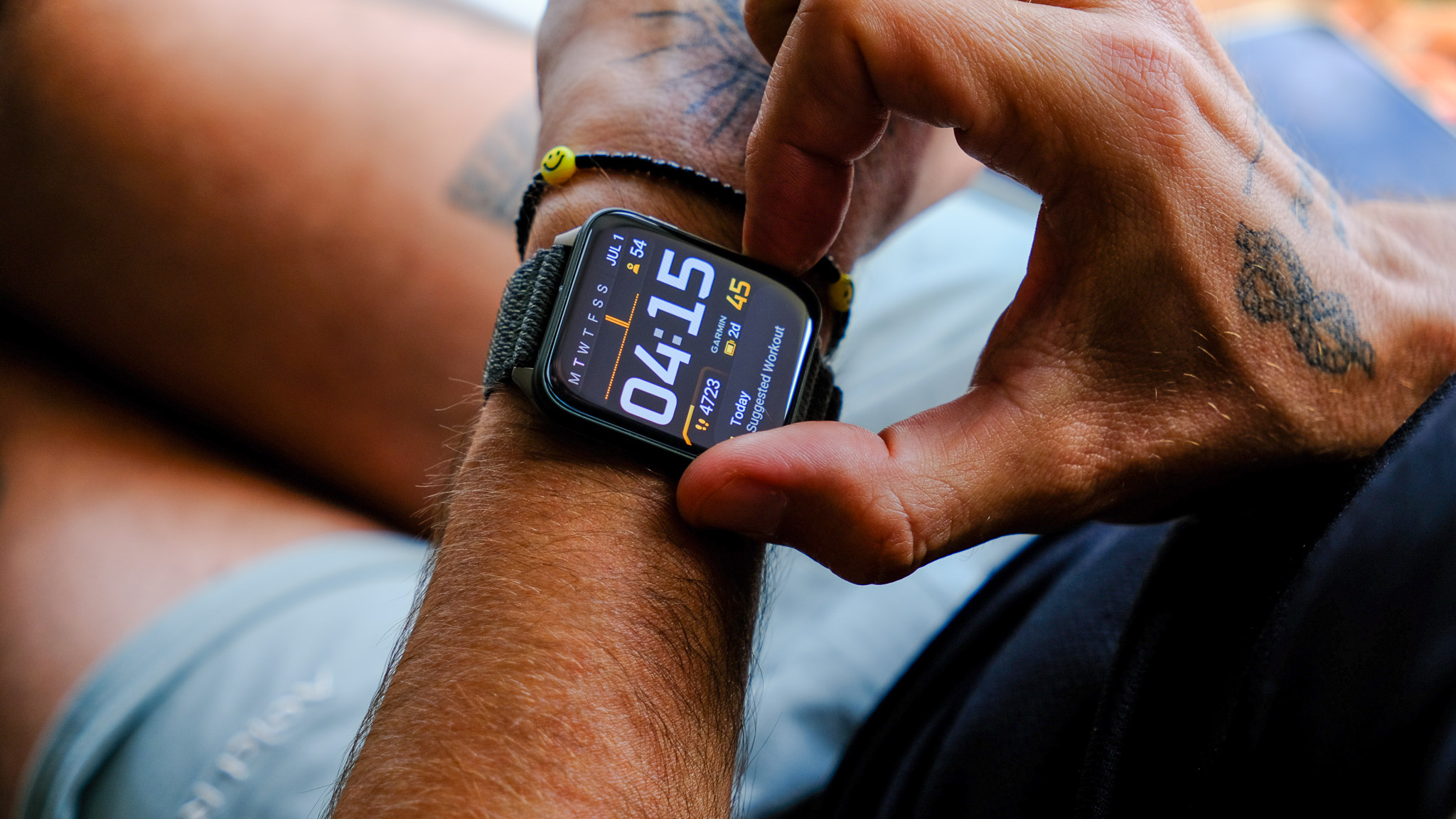
Is the Garmin Venu X1 pointless? Far from it. If anything, it marks a shift in Garmin’s design philosophy. As my colleague Lee put it, “Garmin has finally accepted that there’s a huge audience that doesn’t care about VO2 max graphs but wants a good-looking, capable smartwatch that works equally well in the gym and the office.” That’s exactly who the Venu X1 is built for.
The sticking point is price. At £679.99/ $799.99/ AU$1,499, the Venu X1 is significantly more expensive than the average Apple Watch. But for those who prioritise fitness tracking, multi-day battery life, and Android compatibility, it offers genuine depth, making it better value than it might first appear. It’s also a lifestyle wearable that doesn’t compromise Garmin’s fitness credentials.
Still, the price will be a tough sell for casual users. If Garmin had priced it more aggressively, the Venu X1 could have been a true Apple Watch rival. As it stands, it’s a compelling but niche option: ideal for those curious about switching ecosystems or wanting a premium fitness watch with a more fashionable form factor.

Matt Kollat is a journalist and content creator who works for T3.com and its magazine counterpart as an Active Editor. His areas of expertise include wearables, drones, fitness equipment, nutrition and outdoor gear. He joined T3 in 2019. His byline appears in several publications, including Techradar and Fit&Well, and more. Matt also collaborated with other content creators (e.g. Garage Gym Reviews) and judged many awards, such as the European Specialist Sports Nutrition Alliance's ESSNawards. When he isn't working out, running or cycling, you'll find him roaming the countryside and trying out new podcasting and content creation equipment.
You must confirm your public display name before commenting
Please logout and then login again, you will then be prompted to enter your display name.